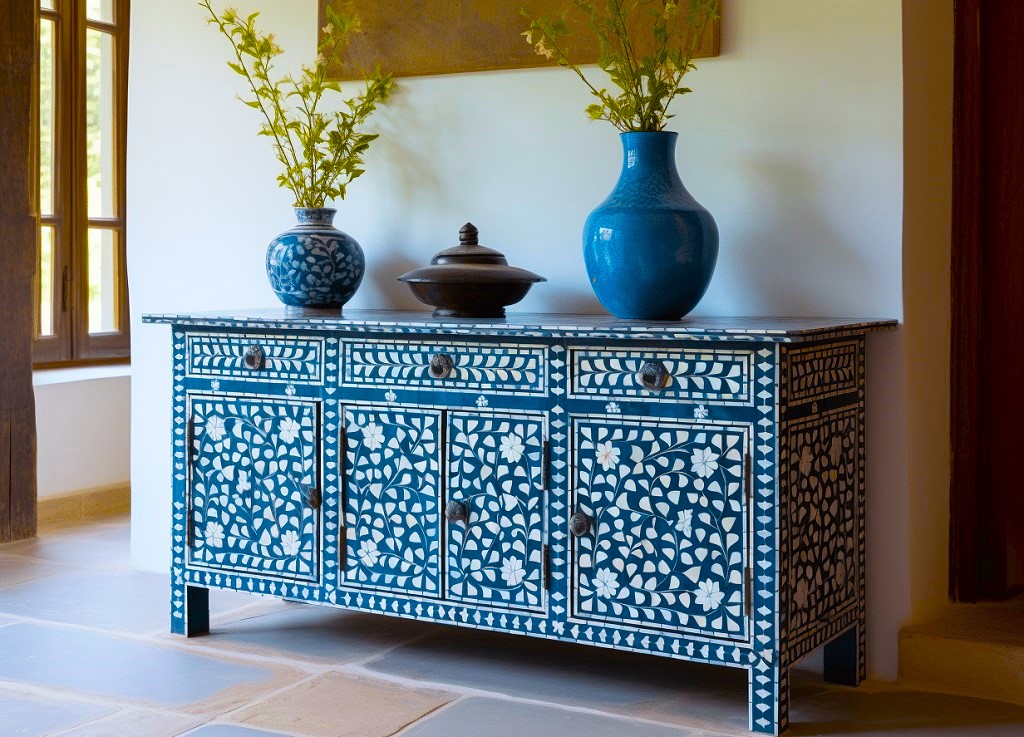Key Takeaways:
- Master woodworkers are vital to preserving the function and longevity of furniture.
- Proper restoration respects and continues traditional craftsmanship methods.
- Environmental sustainability is inherently supported through quality restoration efforts.
- Restored furniture pieces hold emotional and cultural narratives that new manufacturers cannot replicate.
Unveiling the Artistry Behind Furniture Restoration
The furniture world is diverse, from sleek modern designs to the ornate intricacies of antique creations. But beyond the varied aesthetic, the true distinction emerges in the backstory and craftsmanship of each piece. A work of skilled hands, furniture restored by a master craftsman regains functionality and reclaims its narrative and historical significance.
Understanding this art form is essential for appreciating the layers of value present in artisan-restored furniture. It’s not merely about mending broken parts but about renewing the soul of a piece, allowing it to tell its story once more. The magic rests in the hands of woodworkers adept in their craft, such as the dedicated artisans practicing woodworking Edgewater, MD, whose attention to detail and understanding of historical context breathe life back into pieces that would otherwise be lost to time.
Expertise in Woodworking: A Blend of Tradition and Innovation
The value of a master woodworker’s expertise is immeasurable when restoring furniture. These artisans combine age-old techniques passed through generations with today’s cutting-edge technology to achieve the finest craftsmanship. The balance between tradition and innovation allows conservators to honor the past while employing modern tools to improve the quality of their work. Intricate carvings, precise joinery, and authentic finishes all bear the hallmark of this expert blending of old and new.
The painstaking efforts, honed skills, and critical eye for detail set apart genuine restorations from shoddy attempts. This dedication to quality has profound implications on the longevity and beauty of restored pieces, with woodworkers striving for a seamless union between historical accuracy and contemporary functionality.
The Complexities of Material Knowledge and Application
Every piece of furniture tells a story through its grain patterns, finish, and construction methods. Master restorers with extensive knowledge of different wood species are like historians, decoding the age and origin of furniture through these natural clues. They understand the subtleties of each material — the way cherry wood darkens with time or how oak responds to humidity — and know precisely how to treat each condition.
The reluctance to compromise on material quality is inherent among those truly passionate about furniture restoration. Each chosen wood piece must measure up to the highest standards, ensuring that any reparations are sympathetically done and improvements are carefully concealed so the original character remains untainted.
Rescuing Cultural Heritage: The Emotional Value of Restored Furniture
Furniture restoration is more than merely conserving the physical structure; it’s a ceremonial revival of the cultural and emotional essence imbued in the piece. Whether an heirloom grandfather clock or a Victorian writing desk, every restored artifact is a physical manifestation of collective memory and individual legacy. This is where master craftsmen step in, not as mere technicians but as custodians of memory, honing their skills to recuperate artifacts that share our living spaces and silently narrate tales of the days bygone.
This reverence for narrative continuity drives the careful hands of restorers when they meticulously piece together fragments of history. Their work commands attention and demands an emotional response from those interacting with the finished product. Beyond serving as conversation starters, these furniture pieces anchor themselves in the identity of places, adding depth and character to private and public venues.
The Economic and Environmental Benefits of Furniture Restoration
The economic and environmental benefits of furniture restoration are twofold: they reduce the need for new resources and provide a sustainable alternative to furniture disposal. In a world increasingly aware of its ecological footprint, the restoration offers an environmentally friendly solution by extending a piece’s life, delaying entry into the waste stream. This reduces our overall impact on forests, minimizes waste, and supports markets for salvaged materials. As individual consumers and institutions grow more environmentally conscious, they turn to furniture restoration to support green initiatives.




